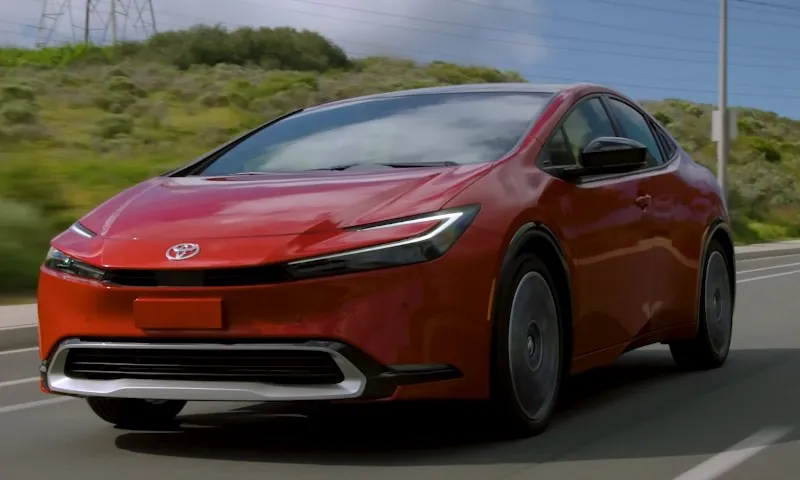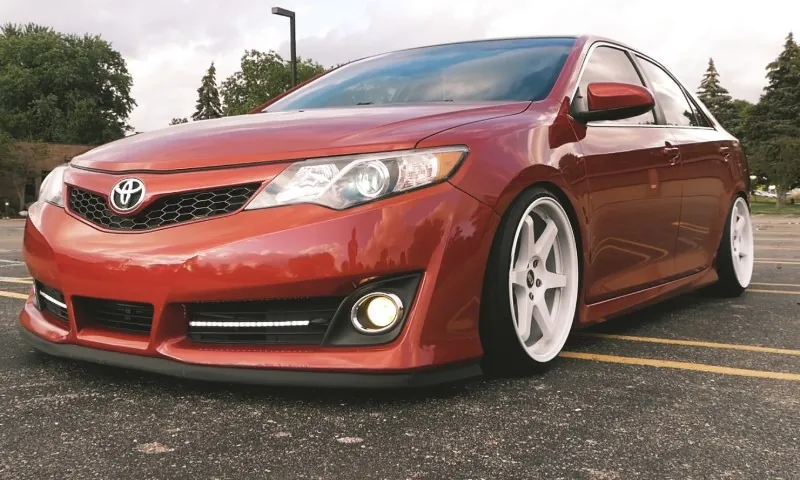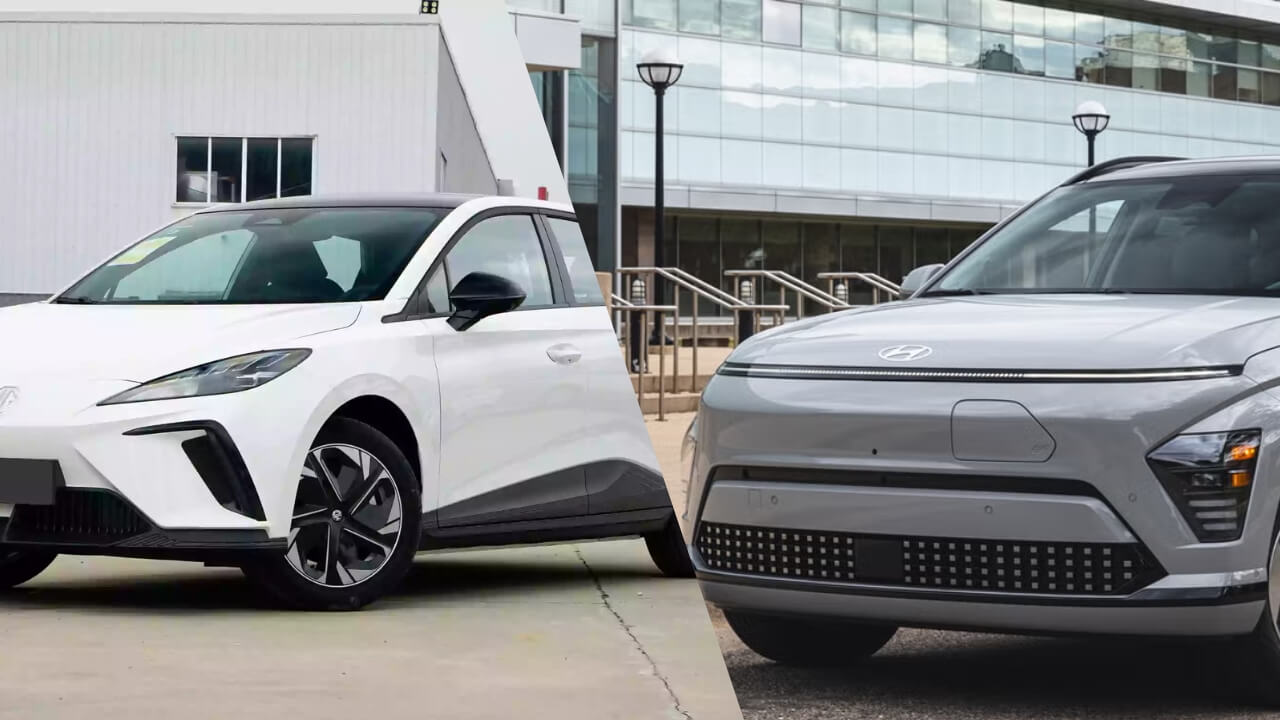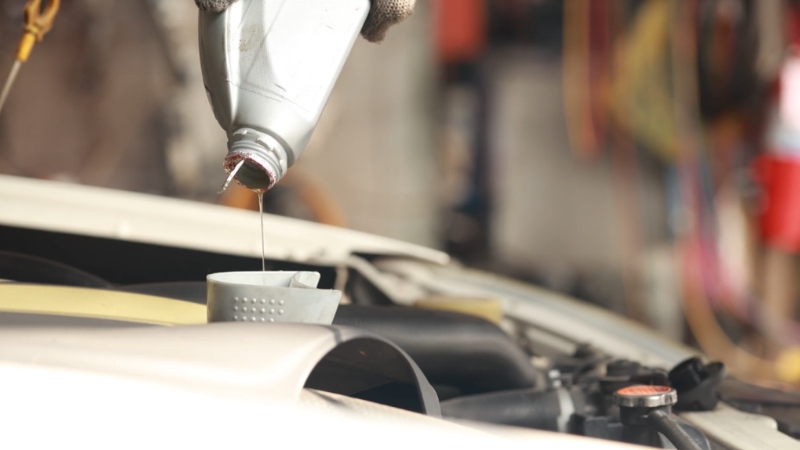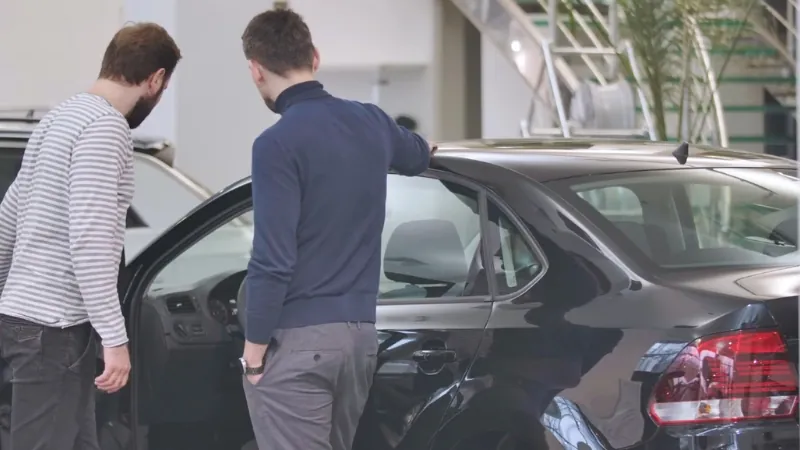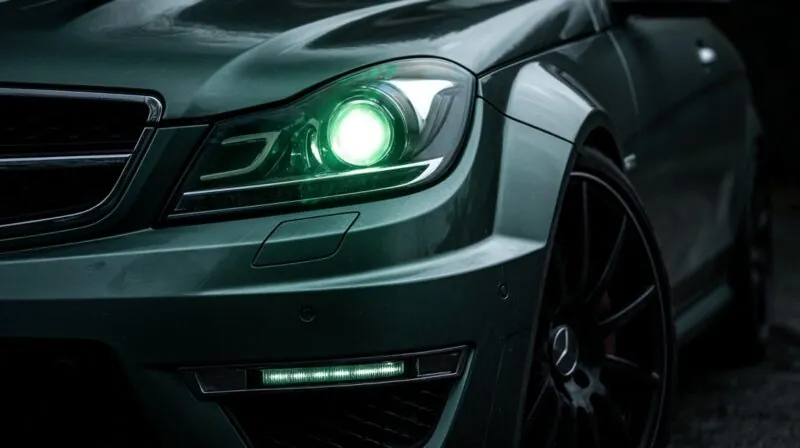
Share Post:
Modifying a car is a deeply personal thing. For some, it’s about squeezing every last bit of performance from the engine. For others, it’s a visual signature – lowered stance, wide wheels, glowing lights underneath.
In these situations, the car turns into a statement. But not all statements are welcome on American roads.
In the U.S., vehicle modification is a legal gray zone packed with red tape. One upgrade in California might be street legal, while the same mod could get you ticketed in New York. And then there are the federal rules – clear, no-nonsense, and backed by stiff penalties.
If you’re thinking of tweaking your ride, or already have, it’s worth knowing what’s actually allowed, and what could land you a fix-it ticket or worse.
Let’s go category by category through the most common illegal car mods across the U.S., with examples, real-world context, and clear warnings.
Table of Contents
ToggleA Quick Look
| Modification | Why It’s Illegal | Example | Key State Notes |
| Overly-Bright Headlights | Blinds drivers (500–3,000 lumens limit) | LED lightbars, spotlights | Federally regulated |
| Red/Blue Lights | Mimics emergency vehicles | Flashing grille/dashboard lights | Banned nationwide |
| Under-Body Neon Lights | Distracting colors or patterns | Flashing underglow kits | Banned in 9+ states, restricted in others |
| Dark Window Tints | Reduces visibility | 5% front tint | Limits vary from 20–70% VLT |
| Tail Light Tinting | Diminishes brake light visibility | Smoked or blacked-out taillights | Illegal across U.S. |
| Loud Exhaust Systems | Exceeds 95dB limit | Straight-pipe systems | Tested in 10 states, subjective elsewhere |
| Muffler Modifications | Increases noise/emissions | Muffler delete | Illegal nationwide |
| Nitrous Oxide (NOS) | Unsafe speed boost on roads | Installed NOS tank | Illegal on streets, tracked in states like Ohio |
| Rolling Coal | Violates Clean Air Act | Smoke switches, delete kits | Federally banned |
| Cold Air Intakes (non-CARB) | Raises emissions | Non-certified performance intake | Legal with CARB EO in all states |
| Plate Obscuring Devices | Prevents vehicle ID | Flip-up or tinted plate covers | Illegal in all states |
| Studded Tires | Road damage | Winter tires with metal studs | Seasonal in most states, banned in some |
| Radar Jammers | Disrupts law enforcement radar | Active jammers | Illegal nationwide (federal law) |
| Laser Jammers | Interferes with speed detection | Laser scrambling devices | Banned in 13 states + D.C. |
Lighting Modifications
Lighting is often the first mod enthusiasts make. It’s relatively easy, usually cheap, and instantly changes the car’s vibe. But lighting laws are some of the strictest.
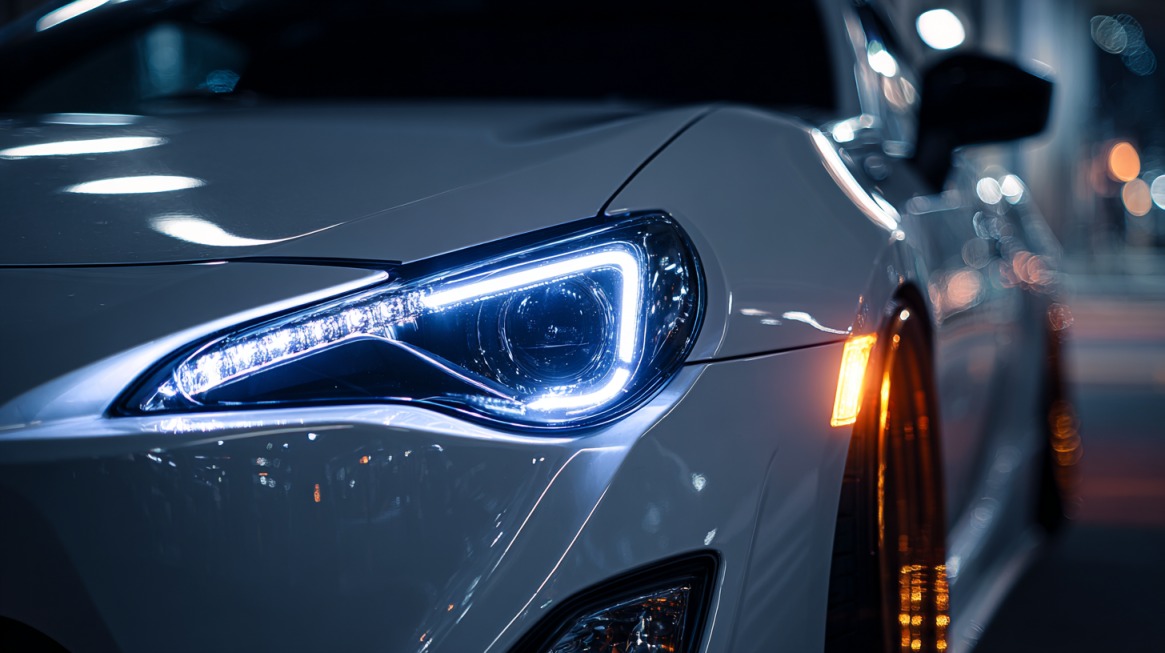
Overly-Bright Headlights
While there’s no specific federal cap on headlight brightness measured in lumens, U.S. regulations require headlights to meet performance standards under FMVSS No. 108.
Most legal headlights produce between 700 and 3,000 lumens per bulb, depending on the technology (halogen, LED, HID). What matters more is that the lights project a safe, properly aimed beam without excessive glare – otherwise, they could be illegal under both federal and state laws.
- Examples: LED lightbars on trucks, high-wattage aftermarket HIDs, rooftop spotlights.
- Where It’s a Problem: All states enforce the federal lumen limit. Police don’t need a meter—if it looks like a sunbeam, they’ll pull you over.
Red and Blue Lights
Flashing red or blue lights are for emergency vehicles. No exceptions. Even if they’re just decorative or part of an underglow kit, you’re risking major penalties.
Examples
- California (Vehicle Code §25251): No red or blue flashing lights on non-emergency vehicles. Period.
- Texas (Transportation Code §547.305): Lights that resemble police or emergency vehicles are banned.
- Florida (Statute 316.2397): Blue lights are for law enforcement only; civilian use is illegal.
- New York: Red or blue lights (even solid) on private vehicles are prohibited if visible from the front.
Under-Body Neon Lights
Neon glow kits exploded in popularity after The Fast and the Furious. They’re still around, and still illegal in several states—especially if they flash, rotate, or use red and blue colors.
- Examples: Chassis lighting that changes color, flashing LED strips beneath the car.
State Restrictions
- Completely banned: Connecticut, Illinois, Maine, Massachusetts, Michigan, Minnesota, Pennsylvania, Virginia, Washington.
- Restricted: Other states may allow static lighting but prohibit flashing or emergency-style colors.
Window and Glass Modifications
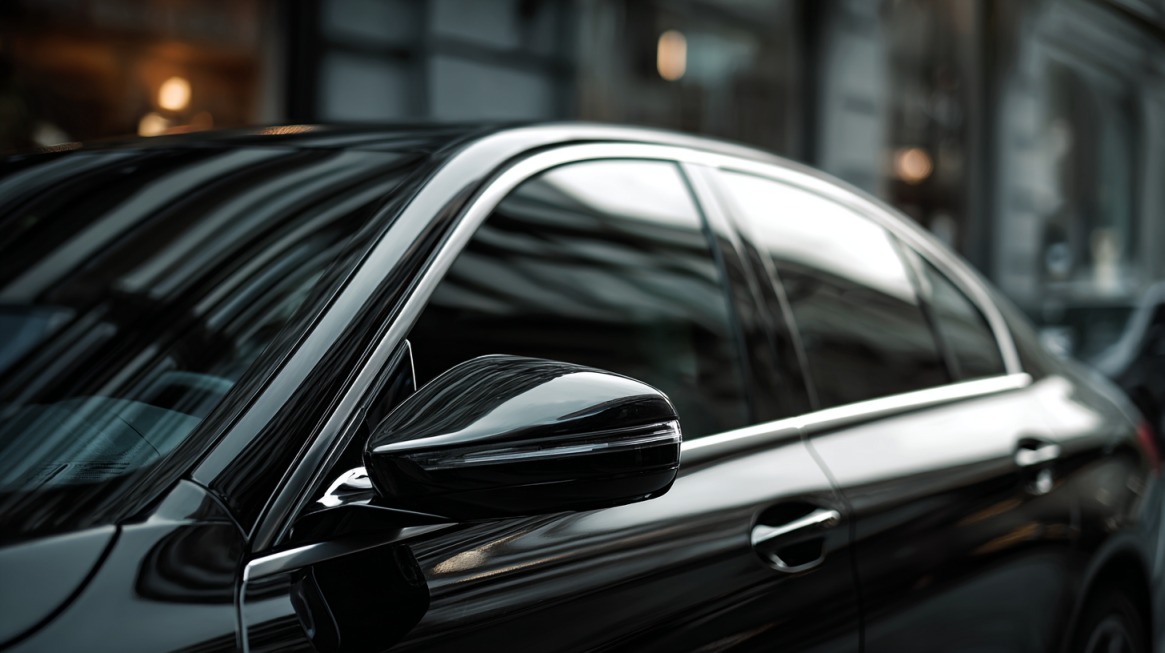
Tinted windows offer privacy, block UV rays, and can make any car look sleek. But go too dark and you’re asking for a ticket.
Dark Window Tints
Every state sets its own rules for how much light must pass through tinted windows—known as VLT (Visible Light Transmission). What’s legal in one place might not fly just a few miles away.
- Examples: Tinting the entire windshield, using 5% “limo” tint on front side windows.
State Laws
- Michigan: Any level of tint is allowed.
- New Hampshire, Vermont, New Jersey: No front tint allowed.
- Most States: Require 20–70% light transmission for front windows; more lenient for rear. If you’re in Texas and get pulled over after a minor collision, our trusted Car Accident Lawyers in Houston, TX can help with any related legal issues.
We recently wrote about California window tint laws that are slightly different, so make sure to check this article out.
Tail Light Tinting
Tinting your tail lights might look cool, but it lowers visibility, especially dangerous at night or in fog. Law enforcement takes this seriously.
- Examples: Black-out films, VHT spray tint.
- Consequences: You could be cited for reduced visibility or non-compliance with federal lighting standards.
Exhaust and Sound Modifications
If your car wakes up the neighborhood every time you start it, you’re probably not legal.
Loud Exhaust Systems
In many states, the legal noise limit is 95 decibels (in California, this is regulated by the California Vehicle Code § 27150.2). Straight pipes and some aftermarket mufflers break that threshold easily.
- Examples: Straight-pipe exhausts, “muffler delete” setups.
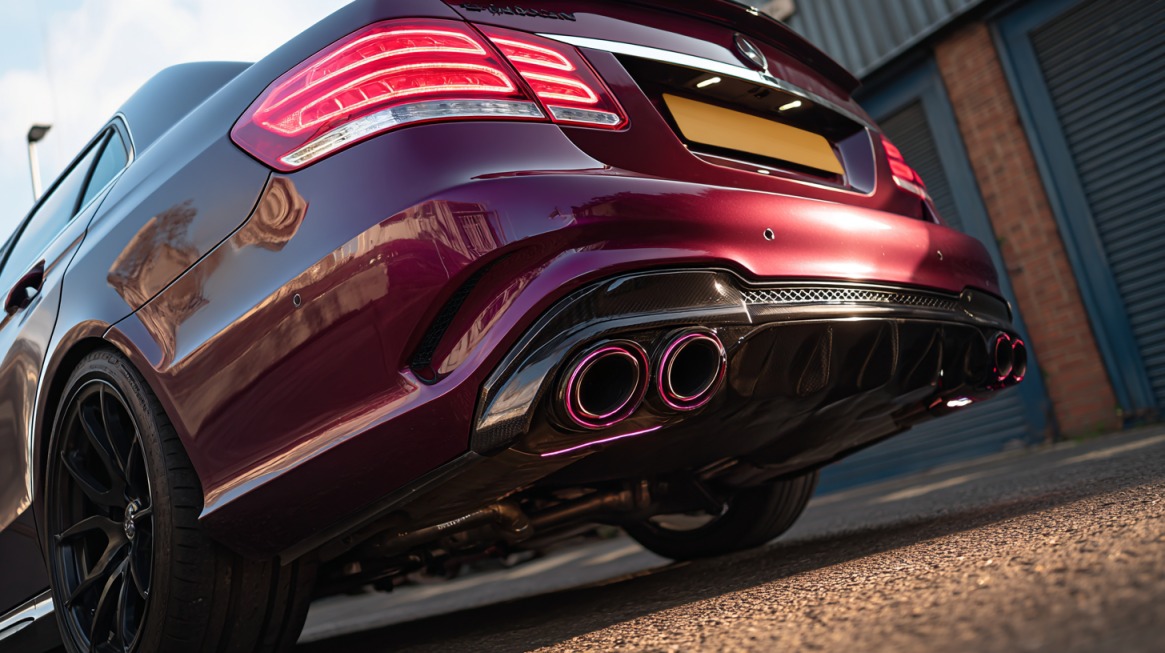
Enforcement
- Objective tests used in: Washington, Oregon, California, Nevada, Montana, Michigan, Tennessee, Pennsylvania, Maine, Connecticut.
- In other states, it depends on whether the officer thinks it’s too loud.
Muffler Modifications
Removing the muffler altogether or swapping it for a non-compliant aftermarket one increases both noise and emissions—two things regulators hate.
- Examples: Muffler deletes, racing exhausts without baffles.
- Federal Law: Tampering with emissions equipment is illegal under the Clean Air Act.
Nitrous Oxide (NOS)
Nitrous boosts horsepower dramatically, but it’s banned on public roads because it encourages dangerous speeds and compromises safety systems.
- Examples: Street cars fitted with NOS tanks for racing.
- State Example: Ohio requires written acknowledgment that NOS is for off-road use only. Sellers must keep the record for two years.
Emission and Engine Modifications
Anything that tampers with how your car handles emissions is a federal issue. And the Environmental Protection Agency does not play around.
Rolling Coal
Rolling coal, the practice of modifying diesel trucks to spew thick black smoke, is flat-out illegal. The U.S. EPA officially declared the practice illegal in July 2014 and continues to enforce it.
- Examples: Smoke switches, DPF delete kits.
- Why It’s Illegal: Violates the Clean Air Act. EPA has issued six-figure fines to companies and individuals for installing or selling these systems.
Cold Air Intake Systems
Cold air intakes can increase airflow and performance, but if they’re not CARB-approved, they might increase emissions.
- Examples: Performance intakes without a CARB EO (Executive Order) number.
- Legal Path: Only intakes certified by the California Air Resources Board are legal for use in all 50 states. Check manufacturers like K&N for CARB-compliant options.
Safety and Visibility Mods
Some mods might seem small, but anything that blocks a license plate or reduces your ability to stop safely is likely against the law.
Automatic License Plate Covers
If you’re trying to avoid toll cameras or red-light tickets with a license plate cover, don’t. It’s illegal nationwide to obscure your plate in any way.
- Examples: Flip-up plates, tint film covers, motorized blockers.
- Enforcement: Even partial obstruction can be enough to get pulled over.
Metal-Studded Tires
These tires grip well on icy roads but chew up pavement, which is why many states have seasonal or complete bans.
- Examples: Studded snow tires used outside of allowed seasons.
State Variations
- Banned: Michigan, Florida, Texas, Hawaii, Louisiana, Mississippi.
- Allowed year-round: Wyoming, Kentucky, Colorado, New Mexico, North Carolina.
- Seasonal only: Most northern states allow them from October–April.
Electronic Devices and Jammers
Using tech to evade law enforcement tools is illegal almost everywhere—and can lead to federal charges.
Radar Jammers
@andyscarr Should you get a Radar detector or a radar jammer? #radar #police #cars #fastandfurious ♬ original sound – Andy Scarr
Radar jammers don’t just detect signals; they block them. That makes them illegal under federal law.
- Examples: Active jamming units built into the dashboard or grille.
- Legal Status: Completely banned nationwide.
Laser Jammers
Laser jammers are legal in fewer than half of the U.S. states. In many others, they’re treated as obstructing justice.
- Examples: Devices that scramble laser readings from police speed traps.
Illegal In
- California
- Colorado
- Illinois
- Iowa
- Minnesota
- Nebraska
- Oklahoma
- South Carolina
- Tennessee
- Texas
- Utah
- Virginia
- Washington D.C.
Final Words
Modifying your car isn’t inherently a problem. But some upgrades cross legal lines, whether it’s due to safety, emissions, or public order. Many drivers have found out the hard way that what looks cool or sounds good can quickly become a legal headache.
Before installing anything aftermarket (lights, intakes, exhausts, or electronics) take a minute to check both federal rules and your local state code.
If you’re not sure, reputable mechanics, smog stations, or even performance shops that sell CARB-certified parts can usually steer you in the right direction.
And if you’ve already got a questionable mod on your car? It’s worth looking into your state’s fix-it ticket process before it becomes a bigger issue. Most minor infractions can be resolved without drama if you act early.
Mod smart, mod safe. And keep it legal.
Related Posts:
- When to Use the VSC OFF Button in Your Toyota…
- How to Choose the Right Tires for Your EV - Complete Guide
- Volvo Fault Codes List - Stay Ahead of Common Issues
- Cars with a 5x100 Bolt Pattern - Full List
- What Does the M Mean in a Car - Everything You Need to Know
- How to Get Sticker off Car Window - Easy, No-Scratch Methods



